Understanding common dartboard issues is crucial for maintaining a consistent and enjoyable game. This article will cover the most prevalent problems, offering solutions and preventative measures to ensure your dartboard remains in top condition. We’ll explore everything from fixing damaged boards to choosing the right equipment and proper maintenance.
⚠️ Still Using Pen & Paper (or a Chalkboard)?! ⚠️
Step into the future! The Dart Counter App handles all the scoring, suggests checkouts, and tracks your stats automatically. It's easier than you think!
Try the Smart Dart Counter App FREE!Ready for an upgrade? Click above!
Let’s delve into the specifics of those common dartboard issues and how to overcome them. A well-maintained dartboard is essential for a satisfying game, and avoiding these problems will significantly improve your overall experience.
Common Dartboard Issues: A Comprehensive Guide
Many problems arise from incorrect setup, poor maintenance, or simply wear and tear. Addressing these common dartboard issues proactively can save you time, money, and frustration. This section will examine some of the most frequent problems encountered by dart players of all skill levels, offering practical advice and solutions.
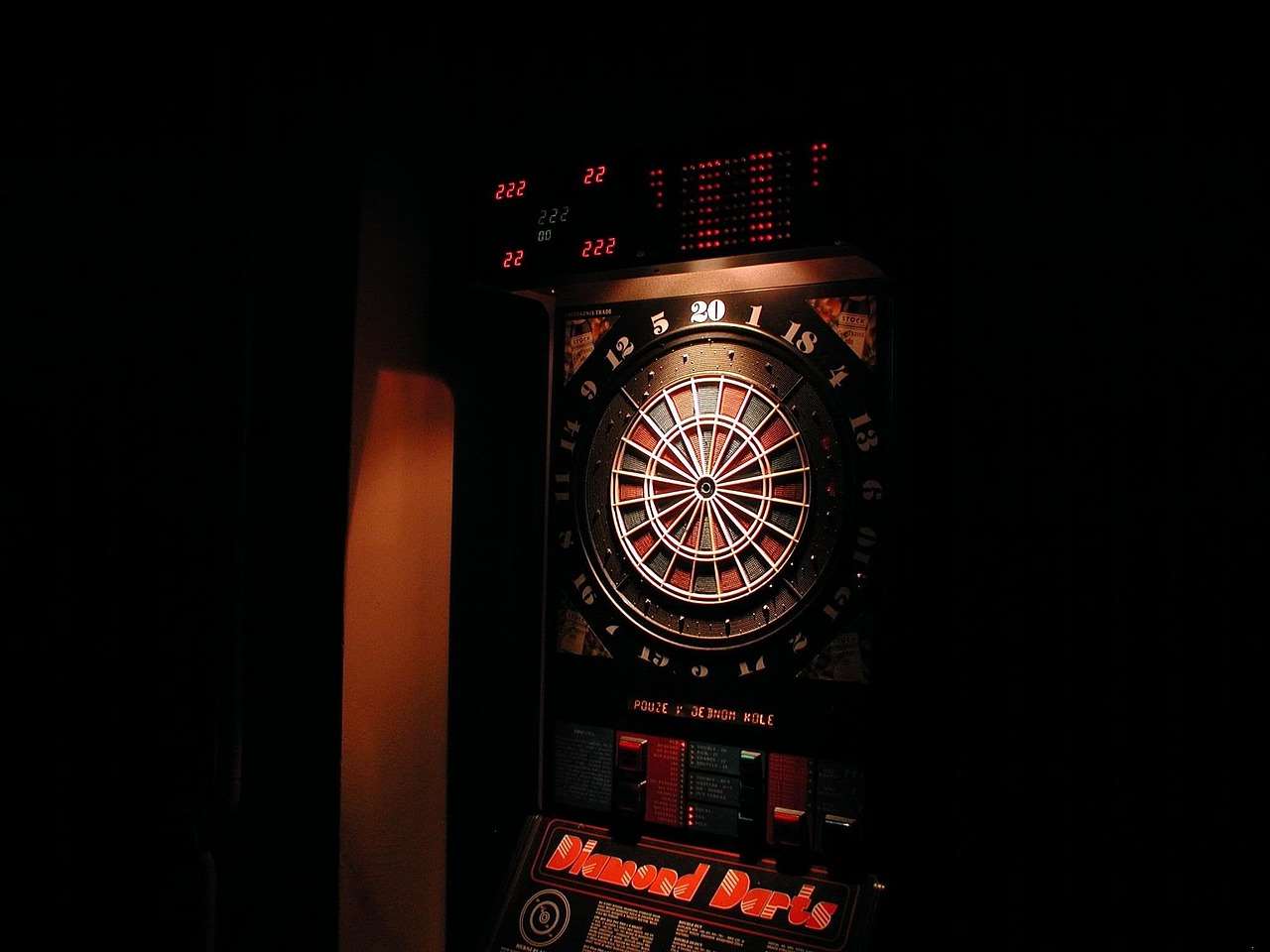
Worn-Out Bristles and Dartboard Damage
One of the most common problems is the simple wear and tear on the bristle board itself. Over time, repeated impacts from darts will cause the bristles to flatten and compress, leading to less bounce-back and reduced accuracy. This is particularly noticeable around the bullseye and the treble 20, areas frequently targeted during gameplay. Regularly inspecting your dartboard for signs of significant wear is crucial. If you notice substantial flattening or significant damage, it’s time to consider replacing the board. Sometimes, fixing small damage on the dartboard might be possible, but major damage requires replacement.
Loose or Damaged Surround
The surround is the outer ring of the dartboard, and it acts as a protective frame. A loose or damaged surround can impact gameplay, leading to wobbles, uneven surfaces and potentially causing the board to detach from its mounting. Make sure your screws are tight and the surround is securely fastened. If it’s significantly damaged, you may need to replace it entirely. This is especially relevant for players who participate in tournaments. Maintaining a stable and secure dartboard is paramount for consistency and accuracy. Remember to check the mounting hardware regularly, as loose screws can lead to instability and contribute to common dartboard issues.
Incorrect Dartboard Setup
Improper setup can also create problems. Your dartboard should be hung at the correct height, ensuring the bullseye is positioned exactly at eye level. Otherwise, you will be consistently aiming off-center. This is crucial for accuracy and can significantly affect your game. A simple misalignment can cause frustrating inconsistencies in scores and performance. This highlights the importance of careful setup in avoiding common dartboard issues.
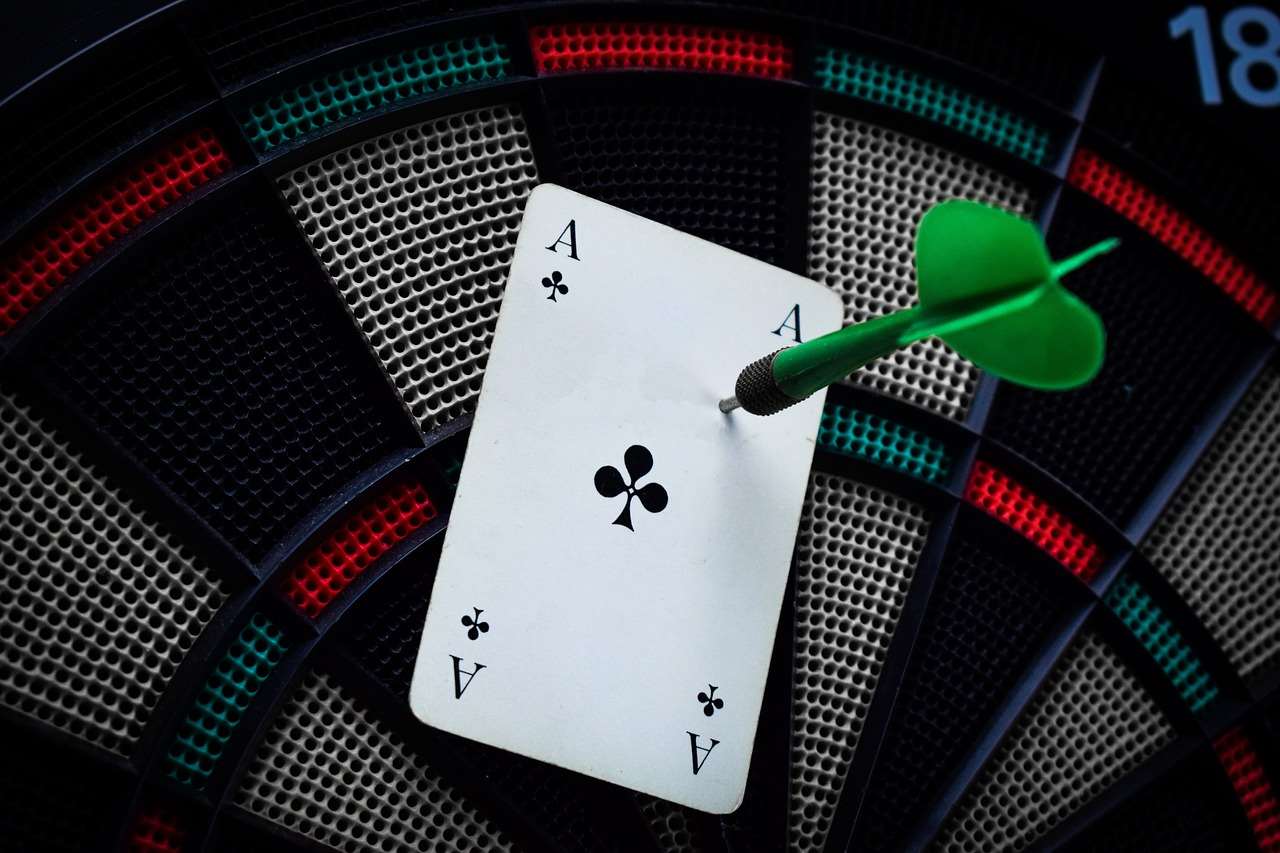
Choosing the Right Dartboard
The type of dartboard you choose has a significant impact on its lifespan and performance. Bristle dartboards, typically made from sisal fibers, are known for their durability and bounce-back. Electronic dartboards offer a more convenient alternative, but they are susceptible to different kinds of damage. Choosing the right dartboard for your needs and playing style will help avoid premature wear and tear. For example, if you play regularly with heavy darts, you’ll want a more durable dartboard to counteract common dartboard issues.
Poor Dart Maintenance
While often overlooked, the condition of your darts plays a vital role in the longevity of your dartboard. Bent shafts, chipped points, or worn-out flights can all increase the chances of damage. Keeping your darts in good shape significantly reduces the strain on your dartboard and helps avoid some common dartboard issues. For instance, sharp darts, even without bent shafts, can damage boards faster than blunt ones, especially if you use custom dart shafts bulk that aren’t well maintained.
Moisture and Environmental Factors
Exposure to extreme temperatures or moisture can severely impact the condition of your dartboard. High humidity can lead to warping and damage, while excessive dryness can cause brittleness. Storing your dartboard in a stable environment away from direct sunlight and sources of moisture helps to prevent common dartboard issues. You can read more about how moisture can affect the performance and lifespan of your equipment in Darts Equipment Maintenance Customization.
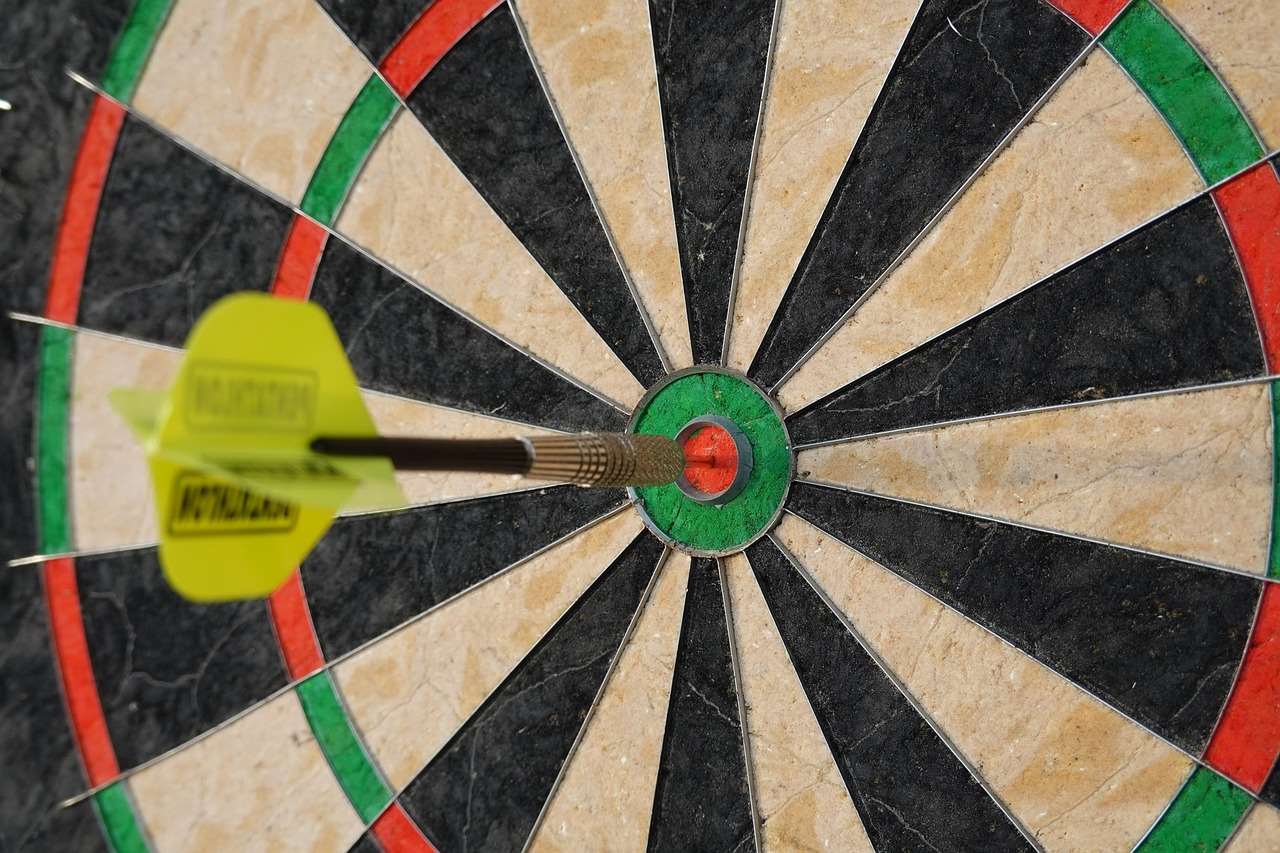
Dart Throwing Technique
Inconsistent or poor dart throwing technique is another significant contributor to common dartboard issues. Throwing darts too hard or at odd angles can lead to excessive wear and tear and damage to the dartboard. Focusing on proper technique and consistency in your throws can greatly extend the life of your dartboard. Practicing a smooth, controlled throwing motion will also significantly improve your scores.
Damaged Flights
Torn or damaged flights can affect both your game and the condition of your dartboard. Worn-out or damaged flights can cause your darts to wobble or veer off course, leading to inaccurate throws and potentially damaging the board around the intended target. Regularly inspecting and replacing damaged flights is a simple preventative measure. For advice on fixing flight problems, check out our guide on troubleshooting dart flights.
Choosing the Right Darts
The weight and material of your darts significantly affect how they impact the dartboard. Heavier darts, especially with sharp points, will cause greater wear and tear, impacting the life of your bristle board faster than lighter darts. Similarly, the materials of the shafts (such as titanium dart shafts) and points can affect how they interact with the dartboard surface. Using the right darts for your skill level and play style can greatly mitigate common dartboard issues. Dart sharpening and dart accuracy are crucial to maintain optimum throwing performance, thereby reducing wear and tear.
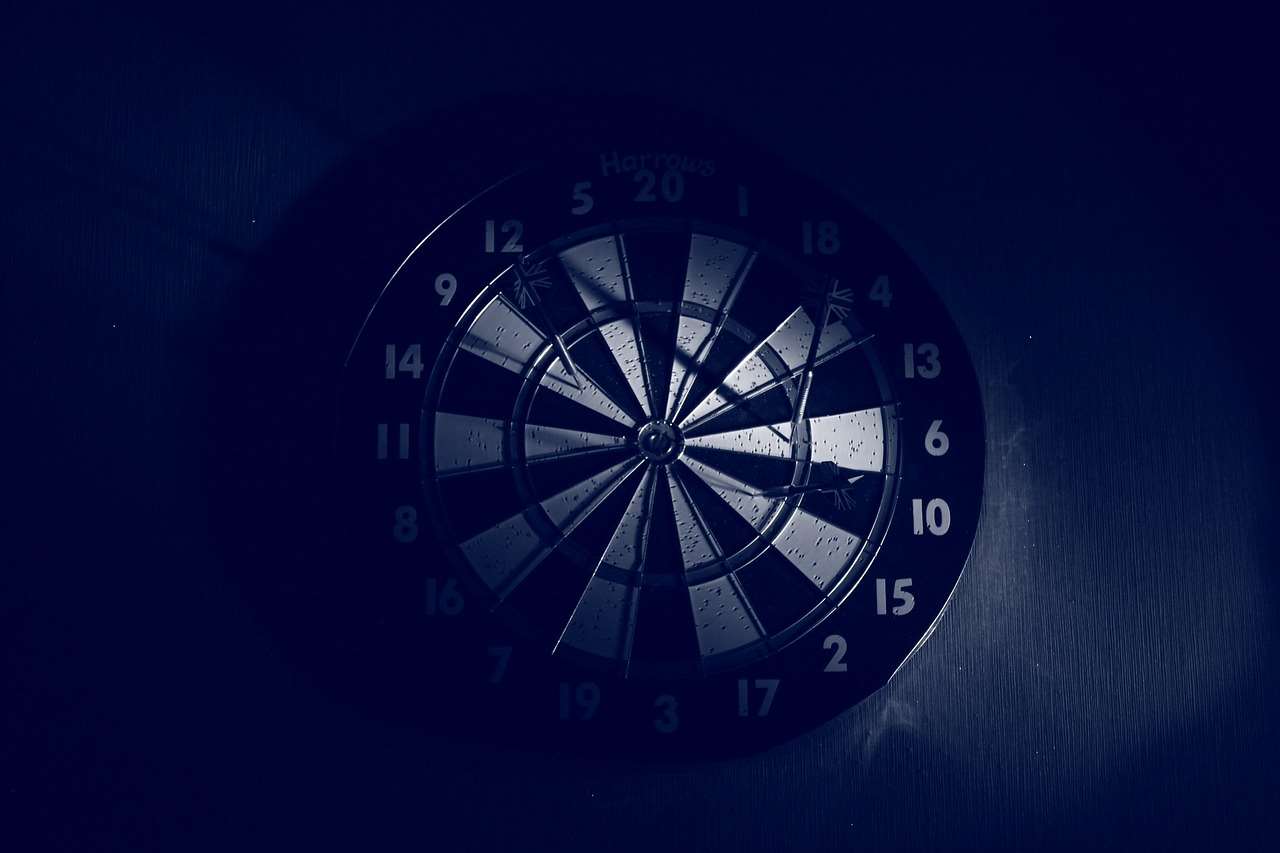
Preventing Common Dartboard Issues
Prevention is always better than cure. Regular maintenance, proper setup, and consistent throwing technique can significantly reduce the frequency of common dartboard issues. This also includes investing in high-quality darts and a sturdy dartboard that’s appropriate for your needs. Following these guidelines ensures years of enjoyable gameplay.
- Regular inspection: Regularly check for wear and tear on the bristles, surround, and mounting hardware.
- Proper setup: Ensure the dartboard is hung at the correct height and is securely fastened.
- Dart maintenance: Keep your darts in good condition and replace worn-out or damaged flights and points.
- Environmental control: Store your dartboard in a stable environment away from moisture and extreme temperatures.
- Proper throwing technique: Practicing consistent and controlled throws minimizes damage to the dartboard.
Troubleshooting Common Problems
This section provides specific solutions to address several frequent problems encountered by dart players. Addressing these common dartboard issues promptly keeps your game running smoothly. Remember to always handle your equipment with care.
- Loose surround: Tighten screws or replace the surround if necessary.
- Worn-out bristles: Consider replacing the dartboard if the bristles are significantly flattened or damaged. Repointing darts at home is not a solution for this particular issue.
- Unstable mounting: Check and tighten the mounting hardware, or consider a more robust mounting solution if necessary.
- Damaged flights: Replace the damaged flights with new ones.
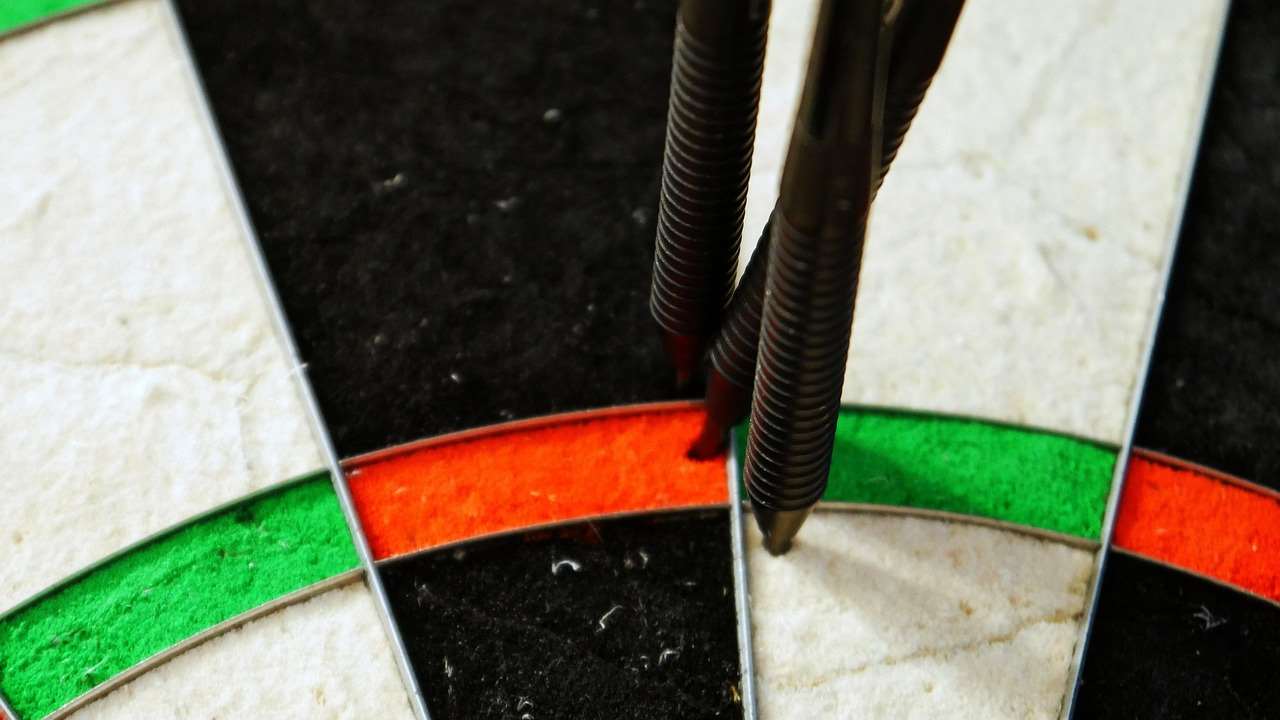
Understanding and addressing these common dartboard issues will significantly enhance your dart-playing experience. By implementing the preventative measures and troubleshooting tips provided, you’ll maintain your dartboard’s longevity and game consistency.
Advanced Tips for Dartboard Care
For those seeking to maximize the lifespan of their dartboard, consider these advanced tips: Using a dartboard protector can significantly reduce wear and tear. Regular cleaning of your dartboard helps prevent dust and debris from accumulating and potentially causing additional damage. Additionally, consider flight protector removal only when absolutely necessary, as it can lead to further damage if not done carefully. For more advanced techniques on restoring your dart points, refer to our guides on dart repointing tips and tricks and using an electric dart repointing tool.
Investing in quality equipment, from darts to dartboards, is a crucial step in enjoying a consistent and long-lasting dart-playing experience. Addressing common dartboard issues proactively will greatly improve your enjoyment of the game.
Conclusion
Addressing common dartboard issues is vital for maintaining a smooth and enjoyable dart experience. By understanding the causes of these problems and implementing the preventative measures and troubleshooting tips outlined in this article, you’ll be well-equipped to keep your dartboard in top condition for many games to come. Remember, regular maintenance, proper setup, and consistent throwing techniques are crucial for maximizing the lifespan of your dartboard. Happy throwing!
Hi, I’m Dieter, and I created Dartcounter (Dartcounterapp.com). My motivation wasn’t being a darts expert – quite the opposite! When I first started playing, I loved the game but found keeping accurate scores and tracking stats difficult and distracting.
I figured I couldn’t be the only one struggling with this. So, I decided to build a solution: an easy-to-use application that everyone, no matter their experience level, could use to manage scoring effortlessly.
My goal for Dartcounter was simple: let the app handle the numbers – the scoring, the averages, the stats, even checkout suggestions – so players could focus purely on their throw and enjoying the game. It began as a way to solve my own beginner’s problem, and I’m thrilled it has grown into a helpful tool for the wider darts community.